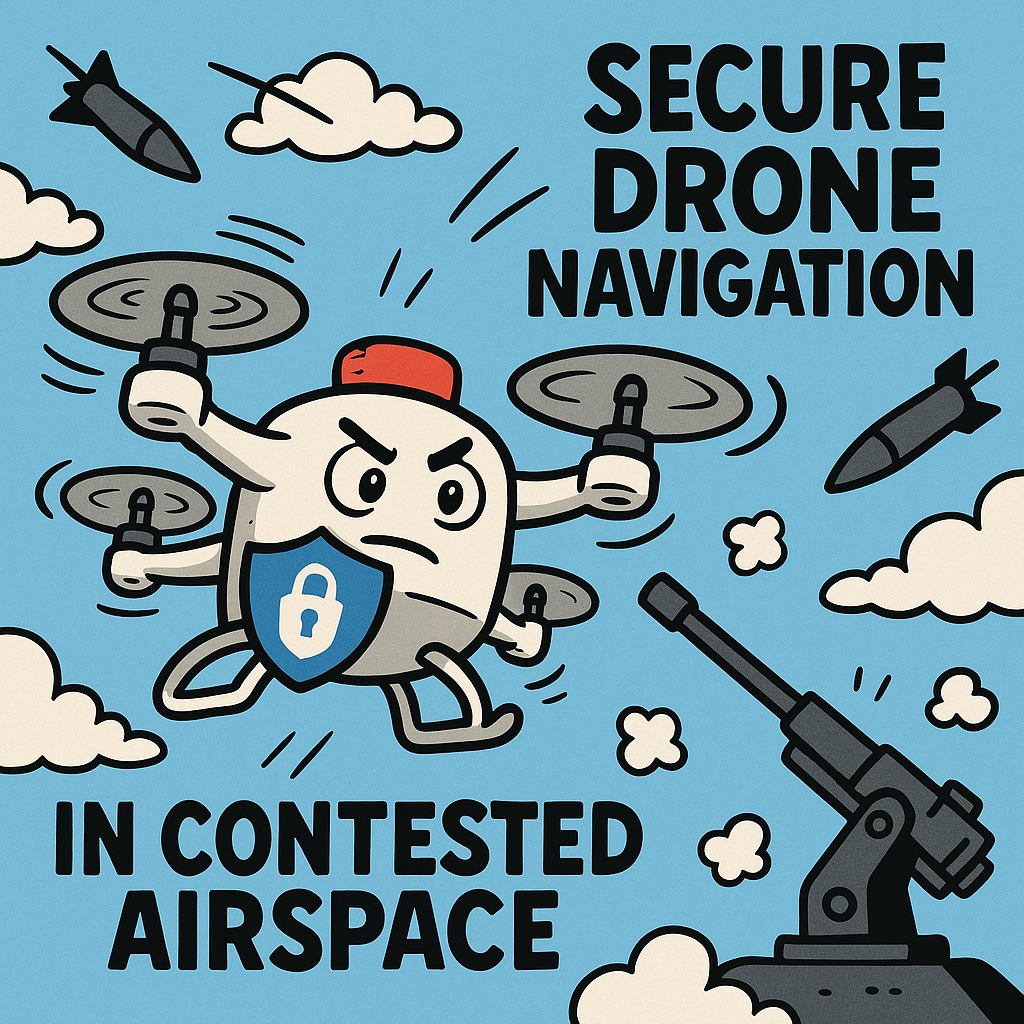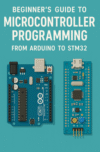The Challenge of Navigating Contested Airspace
As the world becomes increasingly interconnected, the skies are no exception. Drones have emerged as pivotal players in various sectors, from agriculture to surveillance. However, when it comes to navigating contested airspace—be it due to military operations, natural disasters, or regulatory constraints—the stakes are much higher. What does it take to ensure that these flying machines operate safely and securely in such complex environments?
Understanding Embedded Systems in Drones
At the heart of every drone lies a sophisticated embedded system that integrates hardware and software to facilitate real-time operations. These systems must not only be robust and efficient but also secure. With the rise of cyber threats, especially in sensitive areas, the development of secure embedded systems is crucial.
Key Components of Secure Embedded Systems
Building a secure embedded system for drones involves several critical components:
- Microcontrollers: The choice of microcontroller is fundamental. RISC-V and ARM are popular due to their flexibility and performance. The latest trends show an increasing interest in AI accelerators, which can perform complex calculations that enhance real-time decision-making.
- Hardware-Software Integration: Seamless integration is vital for responsiveness. This involves ensuring that sensors, communication modules, and processing units work in harmony.
- IoT Security Measures: With drones often being part of the broader Internet of Things (IoT), implementing strong security protocols is non-negotiable. This includes encryption, secure boot mechanisms, and regular software updates.
Real-Time Navigation Strategies
When navigating contested airspace, drones must employ advanced real-time navigation strategies. Here are a few that stand out:
- Sensor Fusion: By combining data from multiple sensors—like GPS, LiDAR, and IMUs—drones can create a more accurate representation of their environment.
- Dynamic Path Planning: Utilizing algorithms that can adapt to changing conditions in real-time allows drones to modify their routes effectively, avoiding obstacles and threats.
- Edge Computing: Processing data locally on devices like the Jetson Orin Nano reduces latency, crucial for making quick decisions in fast-paced scenarios.
Industry Innovations and Trends
The landscape of drone technology is evolving at an unprecedented pace. Startups and established companies alike are innovating to tackle the complexities of secure embedded systems. For instance, the competition between STM32 and ESP32 microcontrollers highlights a larger trend: the push for more efficient and powerful embedded solutions.
Moreover, regulatory bodies are beginning to take note, crafting policies that impact supply chains and technology development. These regulations can either facilitate or hinder innovation, making it essential for engineers to stay informed about the latest changes.
Best Practices in Embedded Development
As exciting as the field is, it’s not without its pitfalls. Engineers must be vigilant in their approach to embedded development. Here are some best practices to consider:
- Iterative Testing: Regularly testing hardware and software throughout the development process can catch issues early.
- Documentation: Keeping thorough documentation ensures that everyone on the team is on the same page, and it helps in troubleshooting.
- Engagement with Cross-Disciplinary Teams: Collaborating with those in cybersecurity, policy-making, and hardware development fosters a more holistic approach to creating secure systems.
Looking to the Future
As we look ahead, the field of drone navigation in contested airspace will undoubtedly continue to evolve. The integration of artificial intelligence and machine learning into embedded systems will redefine how drones operate. Imagine a future where drones not only navigate but also learn from their environments, becoming more autonomous and resilient.
With the increasing demand for drones, the need for secure, reliable embedded systems will be paramount. Engineers, policymakers, and industry leaders must collaborate to ensure that the technology not only advances but does so in a way that prioritizes safety and security. As we push the boundaries of what’s possible, let’s keep in mind the importance of building systems that can navigate the complexities of our world—both in the air and beyond.



